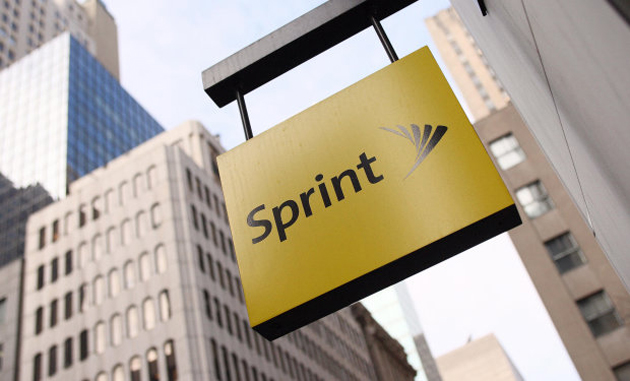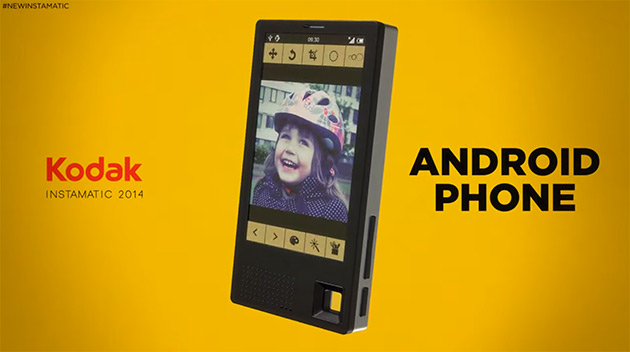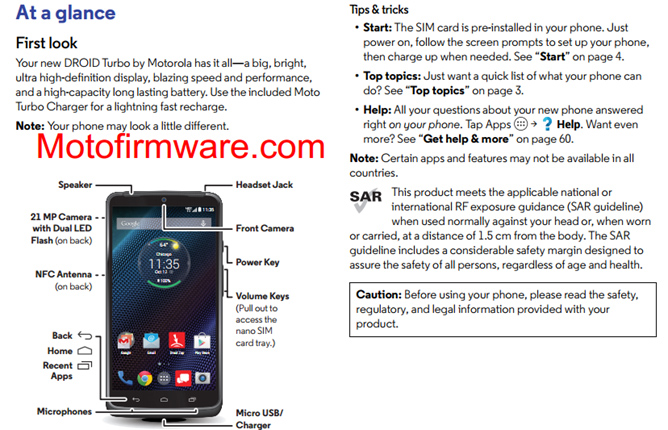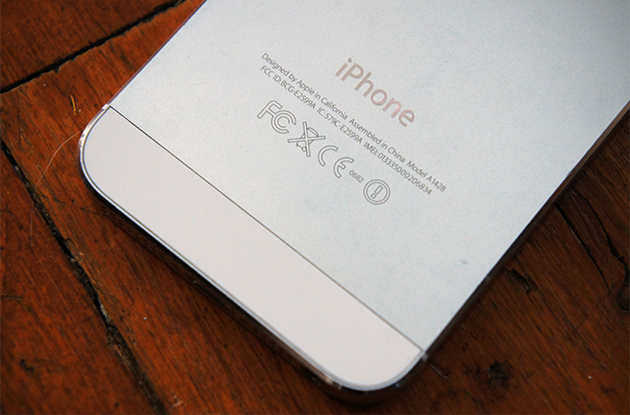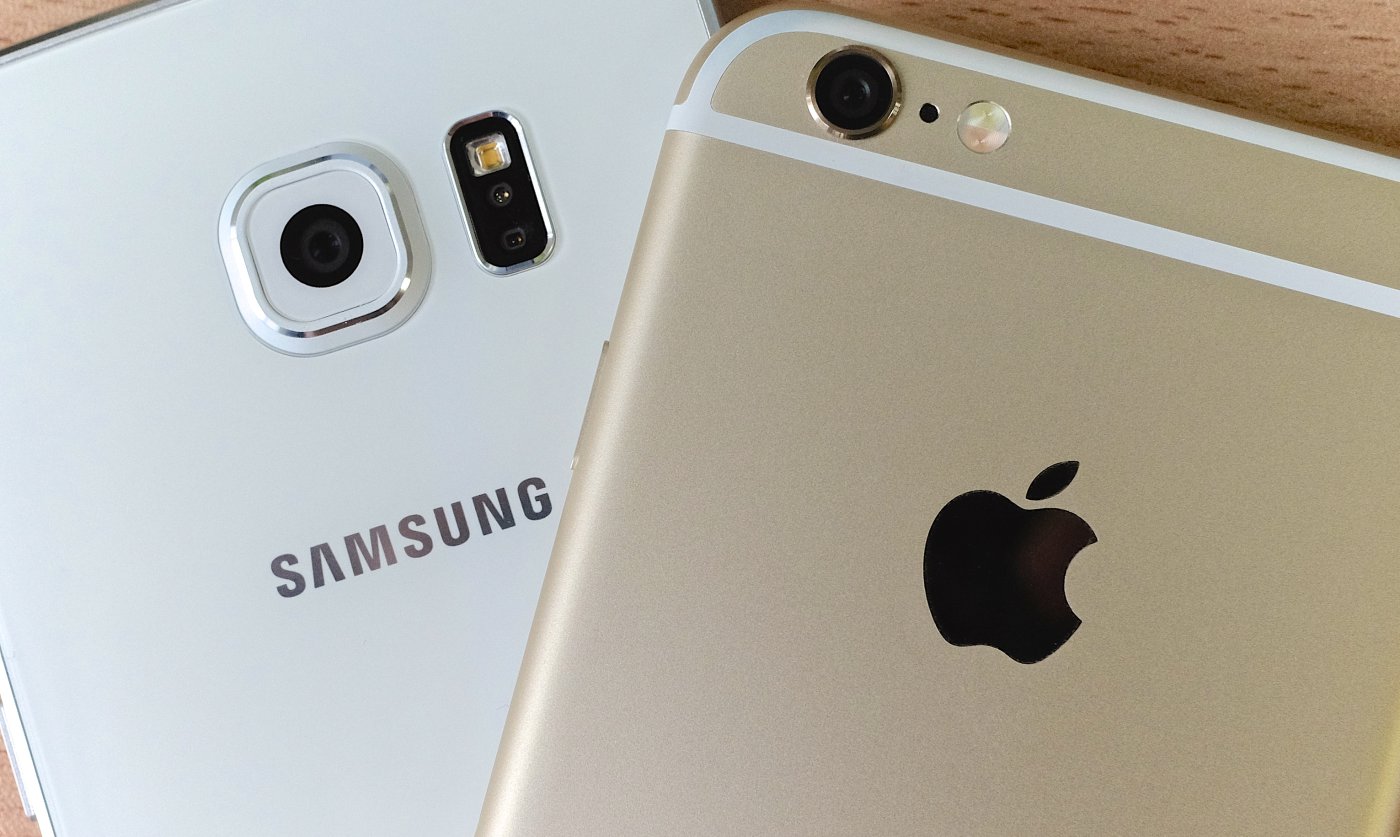 Apple and Samsung — or more precisely, their teams of incredibly well-paid lawyers — can't get enough of each other. This time, Apple claimed Samsung owes it an additional $179 million in supplemental damages (and interest!) because five…
Apple and Samsung — or more precisely, their teams of incredibly well-paid lawyers — can't get enough of each other. This time, Apple claimed Samsung owes it an additional $179 million in supplemental damages (and interest!) because five…
 Apple and Samsung — or more precisely, their teams of incredibly well-paid lawyers — can't get enough of each other. This time, Apple claimed Samsung owes it an additional $179 million in supplemental damages (and interest!) because five…
Apple and Samsung — or more precisely, their teams of incredibly well-paid lawyers — can't get enough of each other. This time, Apple claimed Samsung owes it an additional $179 million in supplemental damages (and interest!) because five…
We’re not entirely sure how it’s already April, but Sprint’s clearly eager to make a name for itself before everyone starts popping off on holidays. To wit: The carrier just rolled out a new international roaming plan that’ll net your Sprint phone free unlimited texting and 2G data abroad… as long as you’re traipsing through a handful of supported countries, anyway.
Filed under: Mobile
Comments
Source: Sprint
We’re not entirely sure how it’s already April, but Sprint’s clearly eager to make a name for itself before everyone starts popping off on holidays. To wit: The carrier just rolled out a new international roaming plan that’ll net your Sprint phone free unlimited texting and 2G data abroad… as long as you’re traipsing through a handful of supported countries, anyway.
Filed under: Mobile
Comments
Source: Sprint
For a while there it looked like Kodak’s moment had come and gone, but the past few months have seen the imaging icon fight back from the brink of irrelevance. Now the company’s planning to push a Kodak-branded smartphone, and thankfully it’s not going to sue everyone in the business along the way this time. To be clear, Kodak won’t actually make its own devices — instead, it’s going to farm out most of the development work to an English company called Bullitt (you know, the people behind those uber-rugged Caterpillar phones). Oh, and it won’t look anything like the mockup you see above… we hope.
Filed under: Cellphones, Mobile
Comments
Source: PR Newswire
For a while there it looked like Kodak’s moment had come and gone, but the past few months have seen the imaging icon fight back from the brink of irrelevance. Now the company’s planning to push a Kodak-branded smartphone, and thankfully it’s not going to sue everyone in the business along the way this time. To be clear, Kodak won’t actually make its own devices — instead, it’s going to farm out most of the development work to an English company called Bullitt (you know, the people behind those uber-rugged Caterpillar phones). Oh, and it won’t look anything like the mockup you see above… we hope.
Filed under: Cellphones, Mobile
Comments
Source: PR Newswire
We caught a brief glimpse of the Droid Turbo late last month, but really: that handful of leaked images didn’t do much to whet our whistles. This time though, something a little more substantive has started making the rounds — the folks over at MotoFirmware obtained the phone’s full Verizon user guide (PDF warning) and have posted it for all to enjoy. The 73-page document confirms among other things that the Droid Turbo packs a 5.2-inch display (though we can’t tell if it’s a Quad HD beast like some rumors have suggested), a 21-megapixel rear camera that shoots 4K video, and the same sort of context-sensitive tricks that the Moto X can pull off. Oh, and that little tease we saw on the official Droid Landing Twitter account? Its not-so-cryptic hints about faster charging have been confirmed too, as the Turbo will come with (what else?) Motorola’s forthcoming Turbo Charger in the box. Not a bad deal, consider everyone else will have to shell out $35 for one.
Filed under: Mobile
Comments
Via: AndroidPolice
Source: MotoFirmware (Twitter)
We caught a brief glimpse of the Droid Turbo late last month, but really: that handful of leaked images didn’t do much to whet our whistles. This time though, something a little more substantive has started making the rounds — the folks over at MotoFirmware obtained the phone’s full Verizon user guide (PDF warning) and have posted it for all to enjoy. The 73-page document confirms among other things that the Droid Turbo packs a 5.2-inch display (though we can’t tell if it’s a Quad HD beast like some rumors have suggested), a 21-megapixel rear camera that shoots 4K video, and the same sort of context-sensitive tricks that the Moto X can pull off. Oh, and that little tease we saw on the official Droid Landing Twitter account? Its not-so-cryptic hints about faster charging have been confirmed too, as the Turbo will come with (what else?) Motorola’s forthcoming Turbo Charger in the box. Not a bad deal, consider everyone else will have to shell out $35 for one.
Filed under: Mobile
Comments
Via: AndroidPolice
Source: MotoFirmware (Twitter)
Let’s try something really quickly: pull your phone out, flip it over, and maybe squint at it a bit. Chances are you’ll see a series of FCC-mandated pictograms emblazoned there, little images you’ve probably never paid attention to before. If US senators Deb Fischer (R-Nebraska) and Jay Rockefeller (D-W. Virginia) get their way though, those curious icons may soon become a thing of past. Instead, the pair wants to replace those etchings with more informative digital equivalents that users can peek at if they so chose. Alas, your gadgets might not be completely clean if the bill passes — there are still those pesky CE labels to gaze upon.
Filed under: Mobile
Comments
Source: The Hill
Let’s try something really quickly: pull your phone out, flip it over, and maybe squint at it a bit. Chances are you’ll see a series of FCC-mandated pictograms emblazoned there, little images you’ve probably never paid attention to before. If US senators Deb Fischer (R-Nebraska) and Jay Rockefeller (D-W. Virginia) get their way though, those curious icons may soon become a thing of past. Instead, the pair wants to replace those etchings with more informative digital equivalents that users can peek at if they so chose. Alas, your gadgets might not be completely clean if the bill passes — there are still those pesky CE labels to gaze upon.
Filed under: Mobile
Comments
Source: The Hill
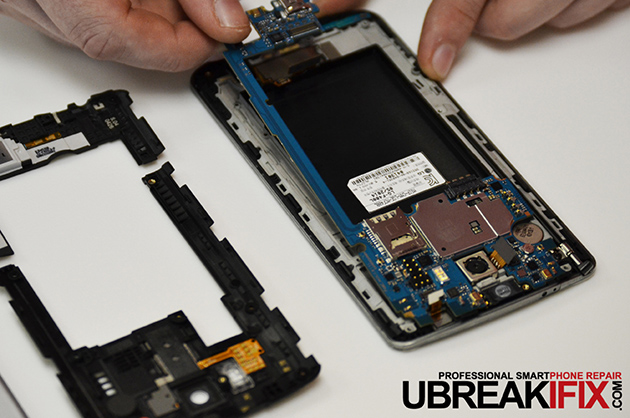
LG’s new G3 has some impressive internals, but just how impressive can’t be seen until you take the thing apart. That’s just what the folks at UBreakIFix did: they got their collective hands on a newly released Korean G3 and couldn’t seem to help themselves. Turns out, the G3 is incredibly easy to take apart (and more importantly, repair) as long as you’ve got a steady hand and just a little gumption. By their count, all that holds LG’s finest flagship together are 14 screws that are revealed once you pry a bit of plastic casing off. The rest of the components are fastened to a single large board instead of multiple like in the G2, which UBreakIFix’s Justin Wetherill says makes the prospect of fixing a busted G3 less of a headache. They’re still doing a deeper dive on what makes this smartphone tick, but for now, here’s a peek into its tightly packed innards.
%Gallery-slideshow196101%
Filed under: Mobile
Comments
Source: UBreakIFix

LG’s new G3 has some impressive internals, but just how impressive can’t be seen until you take the thing apart. That’s just what the folks at UBreakIFix did: they got their collective hands on a newly released Korean G3 and couldn’t seem to help themselves. Turns out, the G3 is incredibly easy to take apart (and more importantly, repair) as long as you’ve got a steady hand and just a little gumption. By their count, all that holds LG’s finest flagship together are 14 screws that are revealed once you pry a bit of plastic casing off. The rest of the components are fastened to a single large board instead of multiple like in the G2, which UBreakIFix’s Justin Wetherill says makes the prospect of fixing a busted G3 less of a headache. They’re still doing a deeper dive on what makes this smartphone tick, but for now, here’s a peek into its tightly packed innards.
%Gallery-slideshow196101%
Filed under: Mobile
Comments
Source: UBreakIFix
Apple and Samsung are duking it out in court yet again, but there’s at least one thing they (and a host of their smartphone making rivals) agree on: users shouldn’t be helpless when their phones are stolen. That’s why, starting in July 2015, all of the smartphones those companies sell in the United States will come with an anti-theft tool meant to help keep your data out of the wrong hands. The full list of backers includes the usual heavyweights: besides Apple and Samsung, there’s Google, HTC, Huawei, Microsoft, Motorola, Nokia, along with the country’s biggest wireless carriers. Those parties in total represent a tremendous chunk of the American wireless industry, so your next (or next next) smartphone will almost certainly let you stick it to the sticky-fingered.
And what, pray tell, would such tools do? According to the CTIA, users will be able to remotely wipe and restore their devices (say, from a cloud backup), and prevent them from being reactivated or used by unsavory types. That seemingly simple move wouldn’t just save us all anguish, it could save us a collective total of $2.5 billion a year in replacement costs and insurance fees. It sure sounds like a win for consumers, but some — like Senator Mark Leno, who sponsored a bill to create a kill-switch for connected gadgets in the Golden State — think such tools should be on by default rather than requiring users to opt-in. He’s probably on to something, but at least all these companies have a few months to iron out the details.
Filed under: Mobile
Comments
Source: CTIA
Apple and Samsung are duking it out in court yet again, but there’s at least one thing they (and a host of their smartphone making rivals) agree on: users shouldn’t be helpless when their phones are stolen. That’s why, starting in July 2015, all of the smartphones those companies sell in the United States will come with an anti-theft tool meant to help keep your data out of the wrong hands. The full list of backers includes the usual heavyweights: besides Apple and Samsung, there’s Google, HTC, Huawei, Microsoft, Motorola, Nokia, along with the country’s biggest wireless carriers. Those parties in total represent a tremendous chunk of the American wireless industry, so your next (or next next) smartphone will almost certainly let you stick it to the sticky-fingered.
And what, pray tell, would such tools do? According to the CTIA, users will be able to remotely wipe and restore their devices (say, from a cloud backup), and prevent them from being reactivated or used by unsavory types. That seemingly simple move wouldn’t just save us all anguish, it could save us a collective total of $2.5 billion a year in replacement costs and insurance fees. It sure sounds like a win for consumers, but some — like Senator Mark Leno, who sponsored a bill to create a kill-switch for connected gadgets in the Golden State — think such tools should be on by default rather than requiring users to opt-in. He’s probably on to something, but at least all these companies have a few months to iron out the details.
Filed under: Mobile
Comments
Source: CTIA
 Apple and Samsung — or more precisely, their teams of incredibly well-paid lawyers — can't get enough of each other. This time, Apple claimed Samsung owes it an additional $179 million in supplemental damages (and interest!) because five…
Apple and Samsung — or more precisely, their teams of incredibly well-paid lawyers — can't get enough of each other. This time, Apple claimed Samsung owes it an additional $179 million in supplemental damages (and interest!) because five… Apple and Samsung — or more precisely, their teams of incredibly well-paid lawyers — can't get enough of each other. This time, Apple claimed Samsung owes it an additional $179 million in supplemental damages (and interest!) because five…
Apple and Samsung — or more precisely, their teams of incredibly well-paid lawyers — can't get enough of each other. This time, Apple claimed Samsung owes it an additional $179 million in supplemental damages (and interest!) because five…